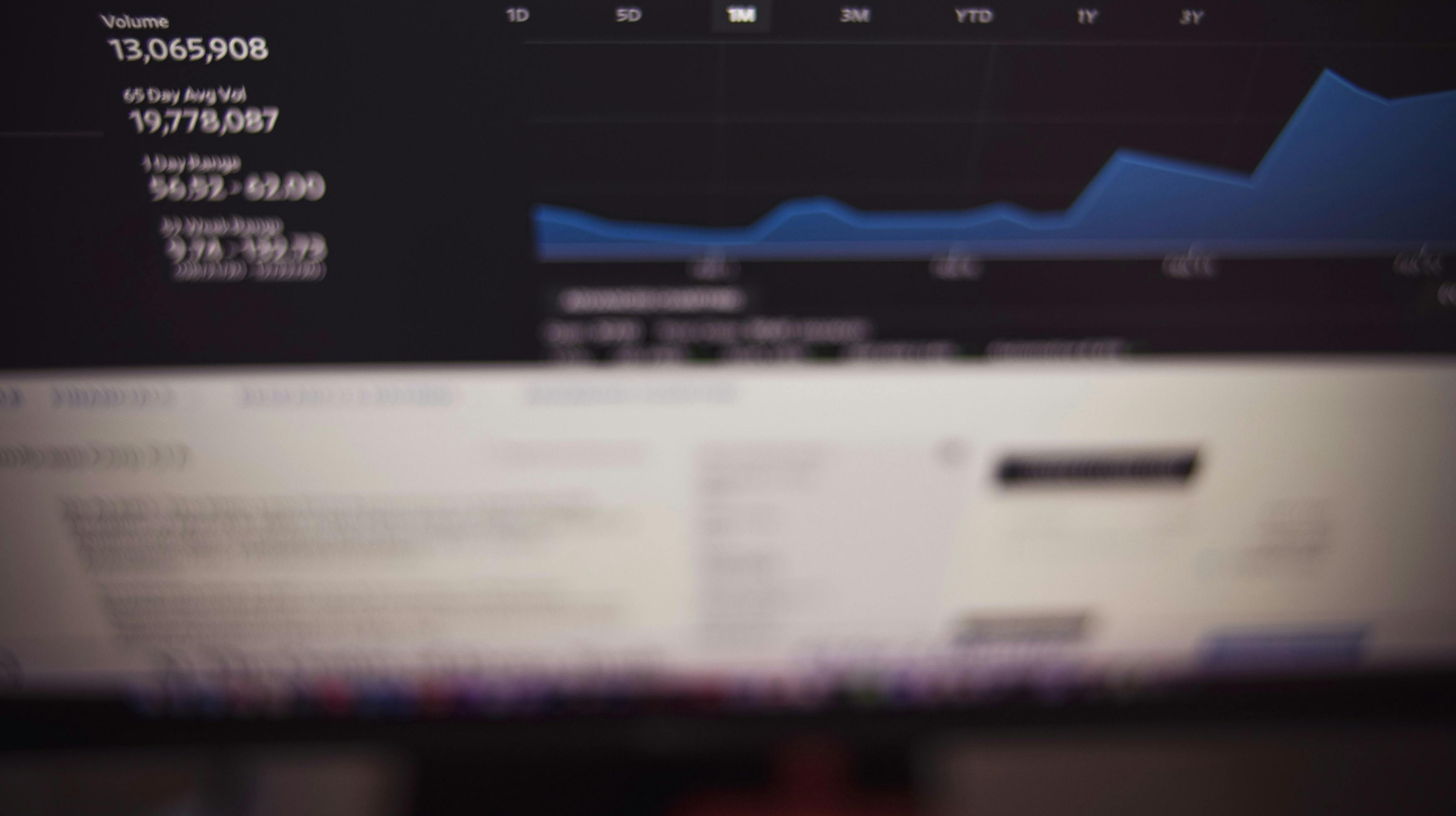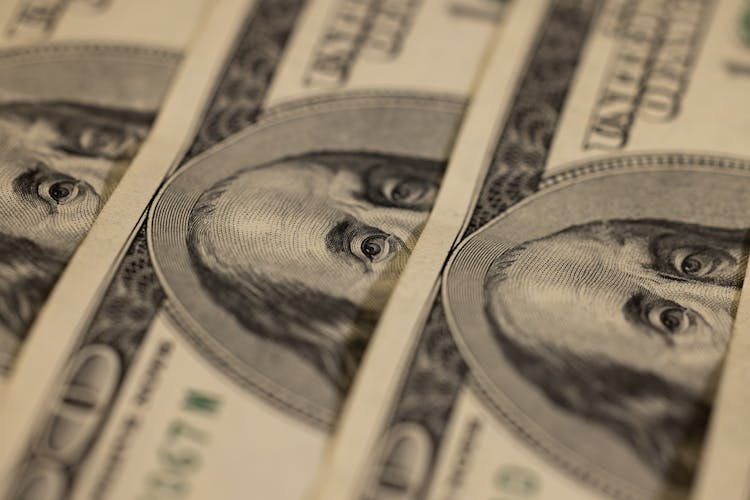
Futures Clearing: How It Works
Jun 2, 2022
By Jay Caauwe
If you’re a current participant of the futures market or new to it with your account activated to trade Small Exchange® futures, you have access to a variety of asset classes including a growing number offering options trading. You have the ability to express a view on several markets or hedge an existing position. You’ve done your research, assessed the market data, and maybe you’ve even paper traded some contracts. You've committed, enter your order on your futures broker’s platform, but then what happens?
Futures Trading: Trade Matching and Clearing
After you execute your Small Exchange futures order, it is sent to the futures exchange, or designated contract market (DCM). All DCMs, such as the Small Exchange, are boards of trade (or exchanges) that operate under the regulatory oversight of the Commodity Futures Trading Commission (CFTC), pursuant to Part 38 of the Commodity Exchange Act (CEA). DCMs may allow access to their facilities by all types of traders, including retail customers. Once received by the futures exchange, your order is matched to an opposite order according to that exchange’s trade matching algorithm. Confirmation of this is sent back to your broker and trade then appears in your account.
The Exchange sends the trade to the derivatives clearing organization (DCO) - clearing house for clearance and settlement. The Small Exchange uses the Options Clearing Corporation (OCC) for its trades.The OCC operates under the jurisdiction of the CFTC, the U.S. Securities and Exchange Commission (SEC), and the Board of Governors of the Federal Reserve System. They also carry the distinction of being a Systemically Important Financial Market Utility (SIFMU) - a distinction rightly earned as one of the world’s largest equity derivatives clearing entities.
Futures Trading: Margin Requirement
Concurrent to this process is the role of the futures commission merchant (FCM). The FCM, which can also be your futures broker, is responsible for collecting the margin requirement from you and ensuring the assets or cash are delivered to you. The FCM ensures that your collateral is segregated from its own funds and confirms you maintain the proper and established margin for your orders and positions.
By providing financial policy and safeguards, the resulting trade processing environment brings to the marketplace transparency of market pricing, market metrics, risk management practices, and trade neutrality. So, the next time you execute on the Small Exchange, or any other DCM, regardless of whether you are trading beans, bonds, or bellies, remember that once it is executed, it completes another quiet process.
Need a succinct guide to getting started with futures? Check out our Beginner’s Guide to Futures!







